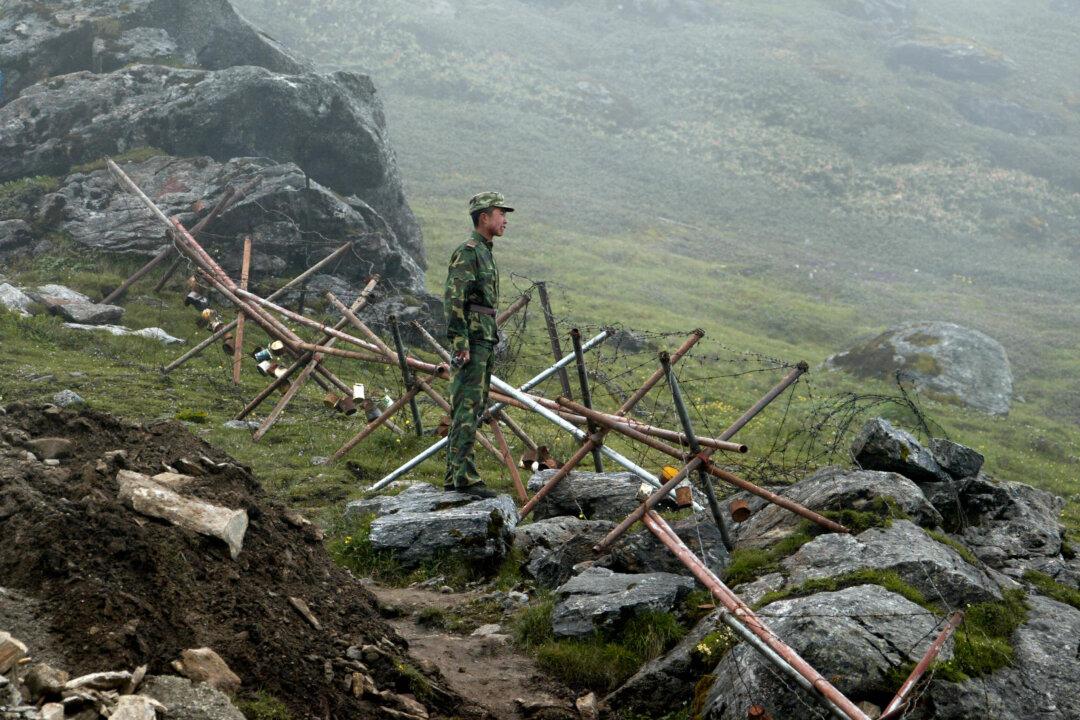News Analysis
China’s main adversary in South Asia is India. Beijing is focused like a laser beam on reducing New Delhi’s influence in the region.

China’s main adversary in South Asia is India. Beijing is focused like a laser beam on reducing New Delhi’s influence in the region.